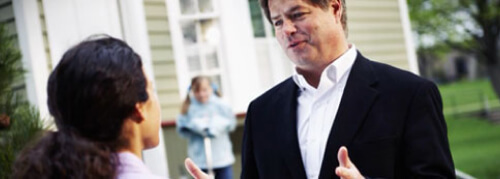Train Accidents - Frequently Asked Questions
- Who is responsible for a railroad-related injury?
- If a person is injured or killed while traveling as a passenger on a train, is it the responsibility of the railroad company?
- What are my rights if I am in a motor vehicle that is hit by a train at a railroad crossing or I am a pedestrian who was hit by a train at a crossing?
- What protection at crossings should the railroad company provide?
Who is responsible for a railroad-related injury?
Railroads have a general responsibility for accidents on or around trains, but their specific responsibility depends upon the relationship between the railroad and the person injured. Railroads are held to different standards of duty for employees, passengers, and third parties like motorists or pedestrians.
Railroads owe passengers the highest degree of duty, because they are common carriers. This may make it easier for a passenger to recover damages for injury.
A railroad's obligation to its employees is covered by the Federal Employers' Liability Act (FELA). Passed in 1908, FELA requires railroads to provide fair compensation to their employees for injury caused by the railroads' negligence or hazardous working conditions.
A railroad's responsibility to motorists or pedestrians depends on the circumstances of the accident. Conditions at the time and place of crossing can change the duty the railroad owes. These complicated factors make it wise to consult an attorney with railroad experience after any train- related accident.
If a person is injured or killed while traveling as a passenger on a train, is it the responsibility of the railroad company?
Yes, railroad companies are required by law to use the highest standard of care to see that its passengers travel safety.
What are my rights if I am in a motor vehicle that is hit by a train at a railroad crossing or I am a pedestrian who was hit by a train at a crossing?
It's up to you to prove that the railroad crossing was negligent in maintaining the safety of the crossing, or that the train itself was being operated negligently. You may also bring a claim against any other person or entity whose negligence contributed to the collision.
What protection at crossings should the railroad company provide?
In general, it is the obligation of the railroad to provide and maintain safety and protection devices such as stop signs, flashing gates and lights and to clear vegetation that could interfere with a driver's line of sight. State and federal entities have authority over the approval of the installation of these safety features and to inspect the installation after completion.
Verdicts and Settlements






